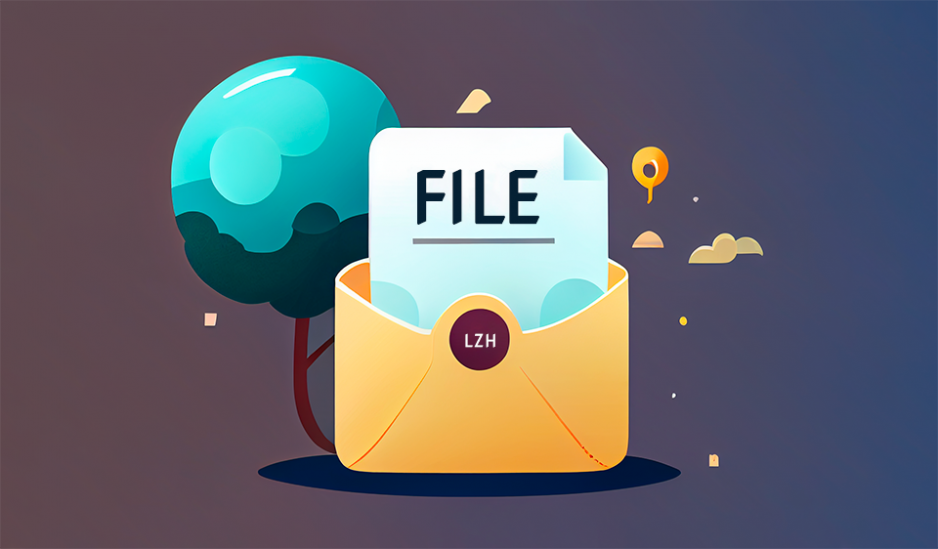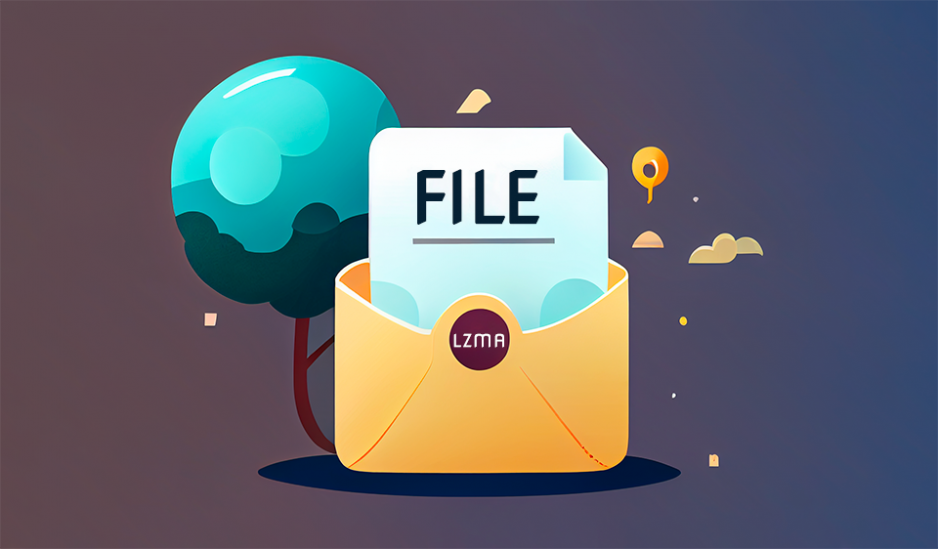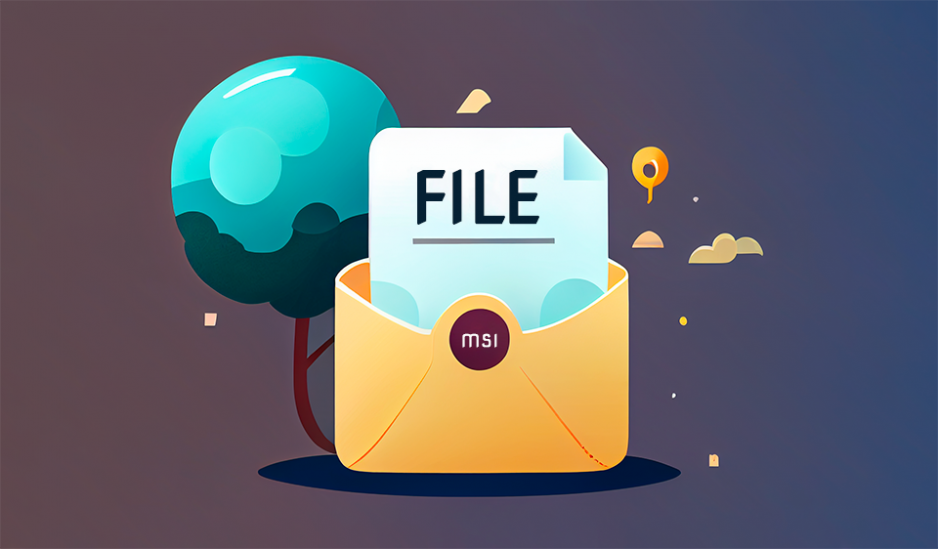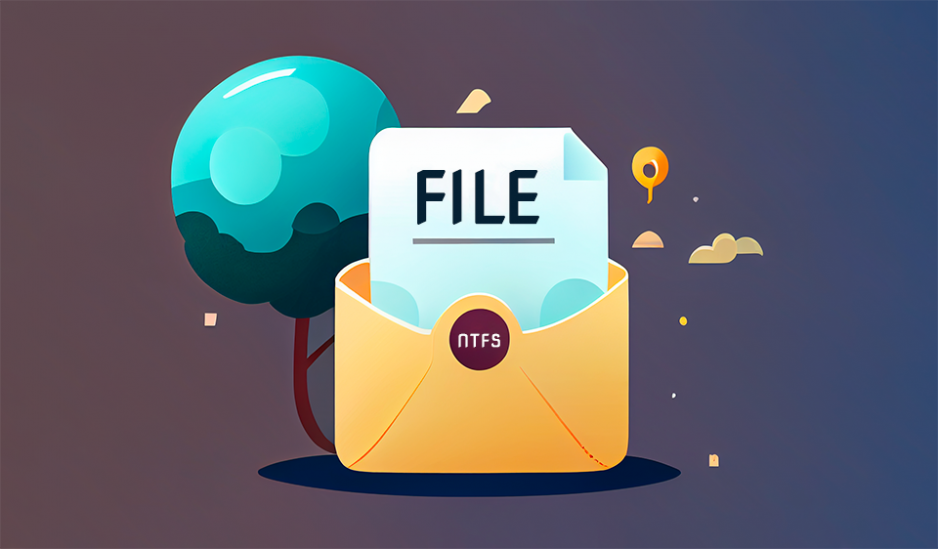What is GUID Partition Table (GPT)?
GUID Partition Table (GPT) is a partitioning scheme used for storing and accessing data on storage devices, such as hard drives and SSDs. GPT is an alternative to the older Master Boot Record (MBR) partitioning scheme and is designed to support larger storage devices and provide more robust data protection. GPT is used on many modern operating systems, including Windows, macOS, Linux, and other platforms.
How does GPT work?
GPT works by dividing a storage device into one or more partitions, each of which can be used to store files and data. GPT uses a table called the partition table to keep track of the locations and sizes of each partition on the device. The partition table is stored at the beginning and end of the device, providing a level of redundancy and data protection. GPT also includes features such as support for large partitions and the ability to boot from any partition, which can be useful for certain applications.
Advantages of GPT
There are several advantages to using GPT for partitioning storage devices:
- GPT supports larger storage devices and partitions than the older MBR scheme, allowing it to be used with modern devices that have more than 2TB of storage capacity.
- GPT provides improved data protection, with the partition table stored at the beginning and end of the device.
- GPT is widely supported on many operating systems, including Windows, macOS, Linux, and other platforms.
- GPT is flexible and highly customizable, with options such as support for large partitions and the ability to boot from any partition being configurable by the user.
Uses of GPT
GPT is commonly used for partitioning storage devices, such as hard drives and SSDs, on a variety of platforms. It is particularly well-suited for use with modern devices that have more than 2TB of storage capacity and is often used to create custom partitioning schemes for specific projects or applications.









